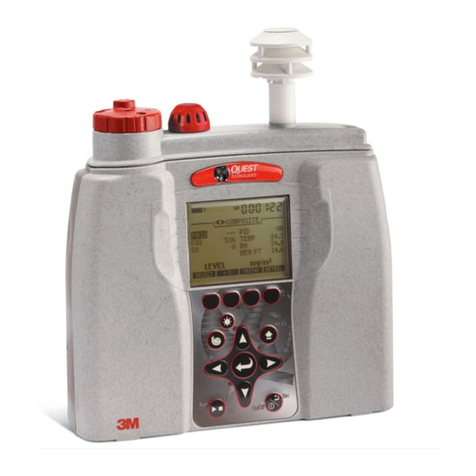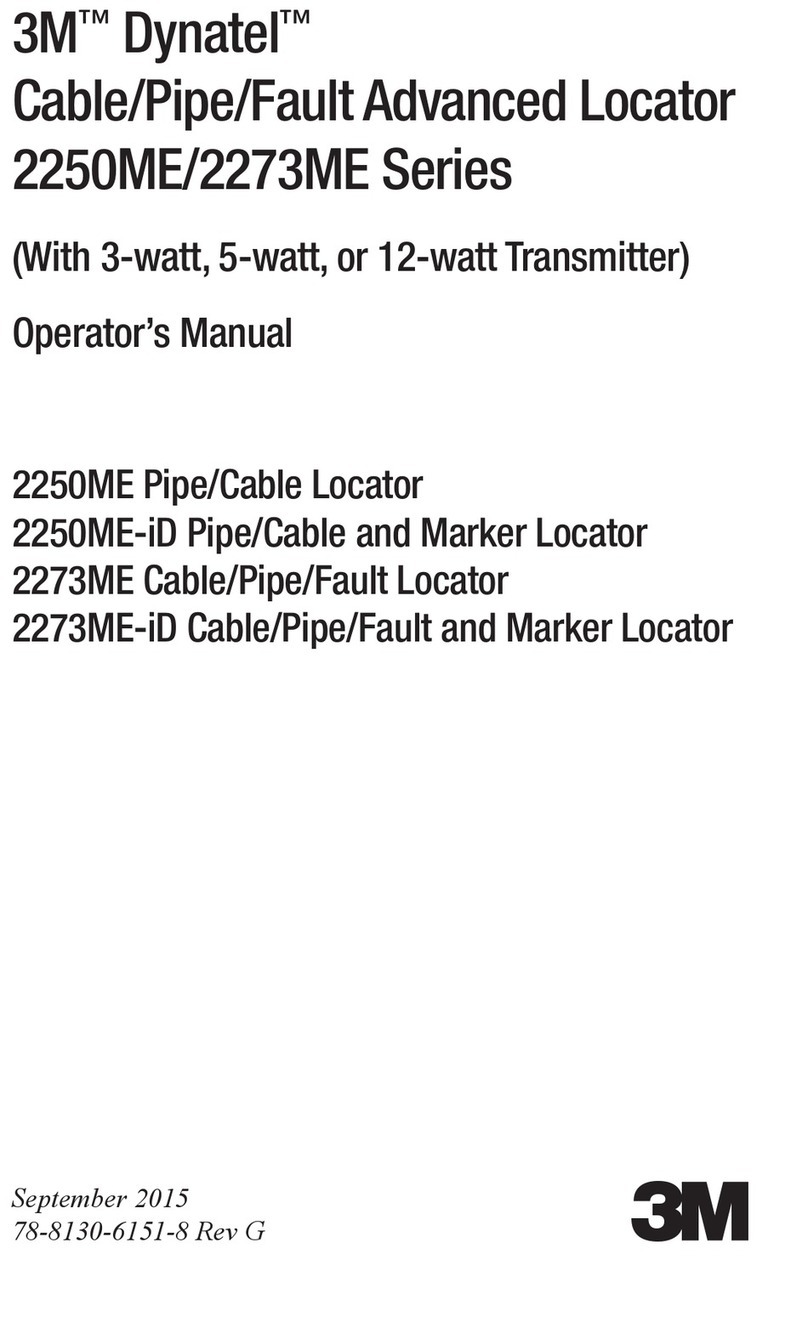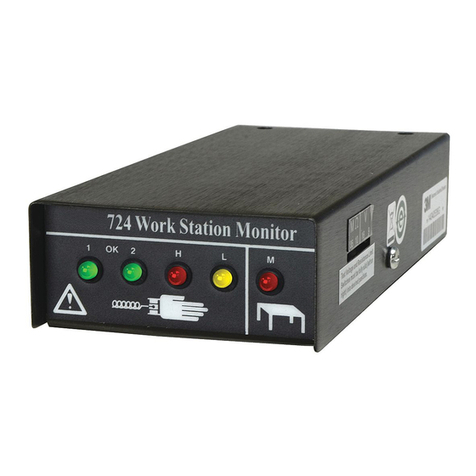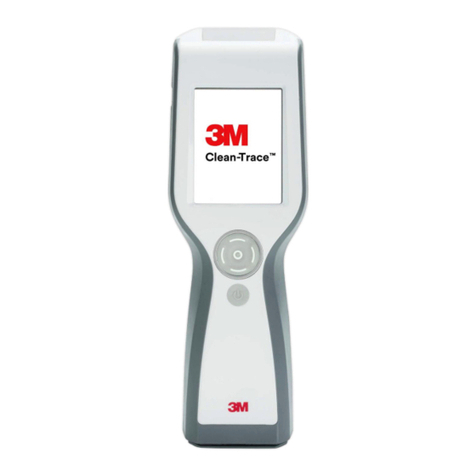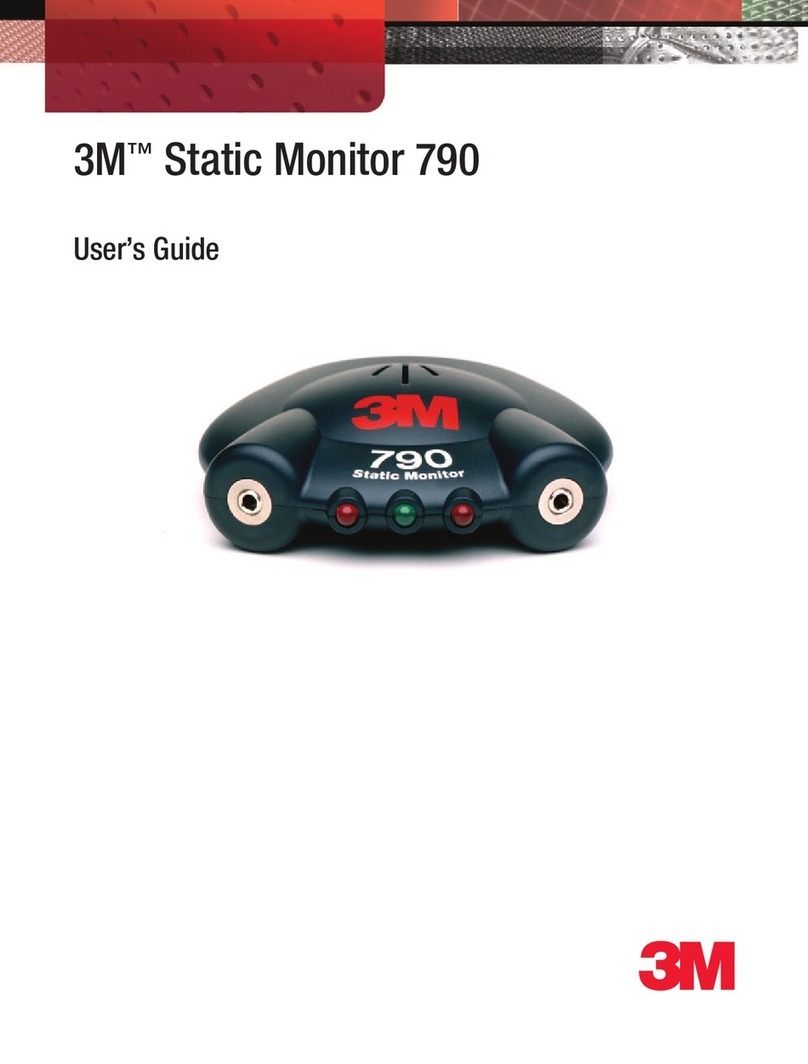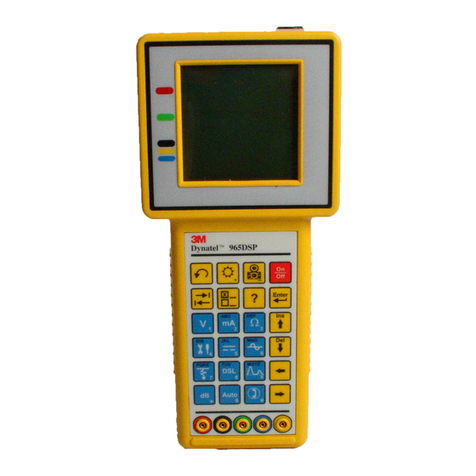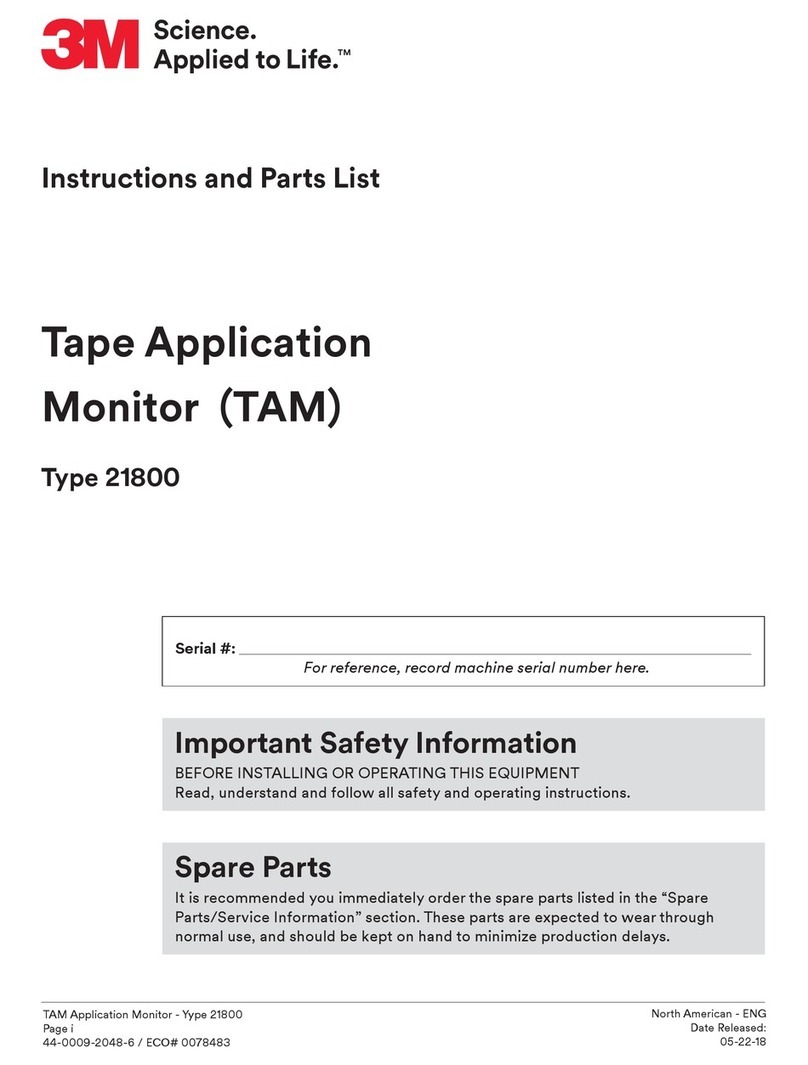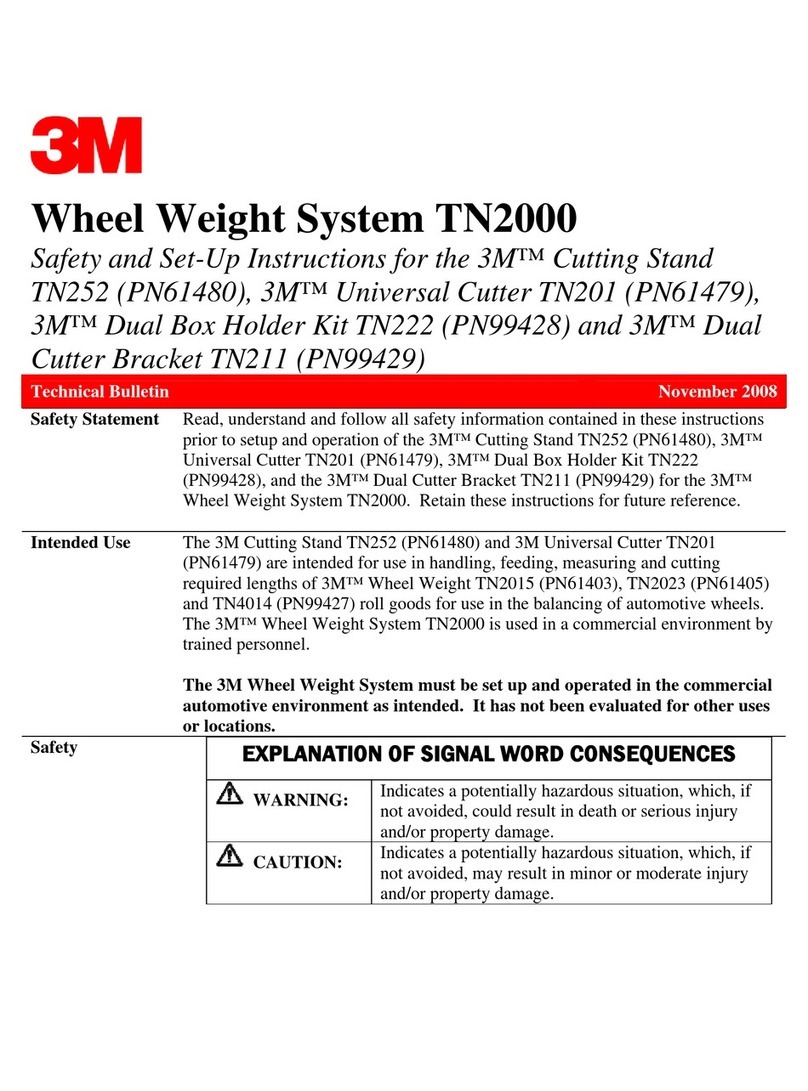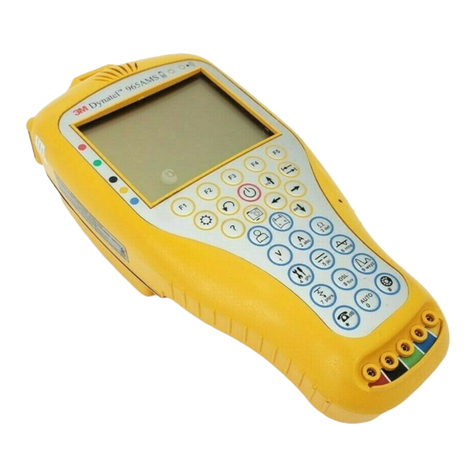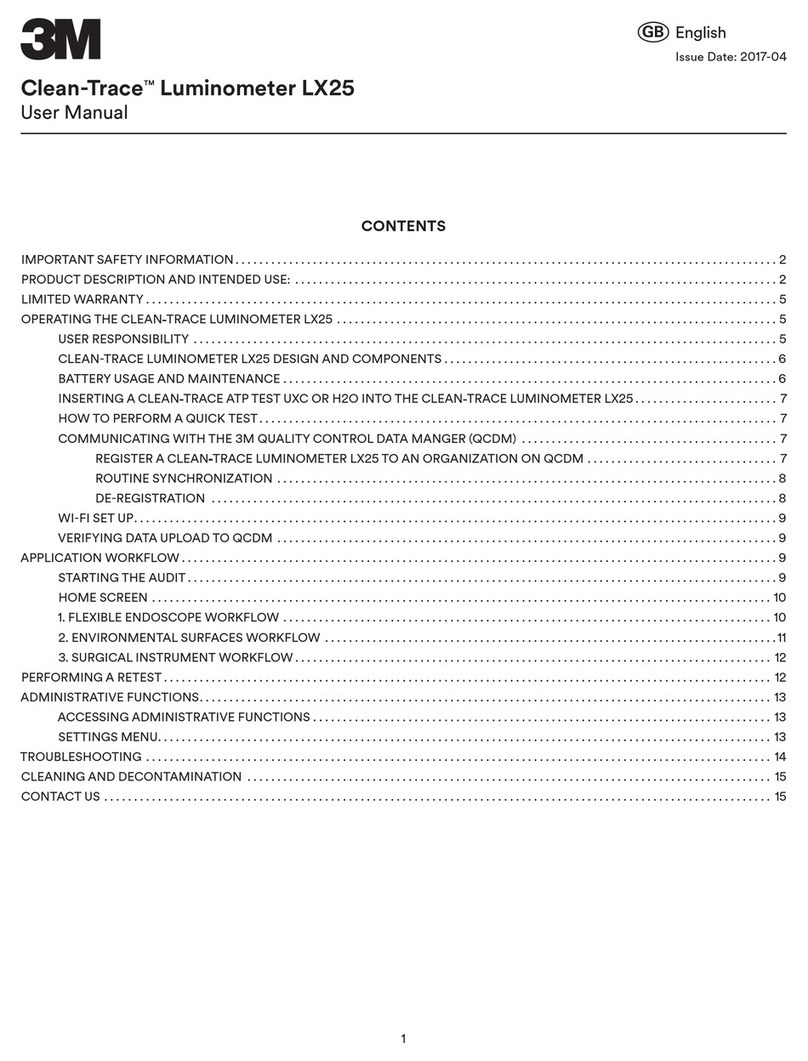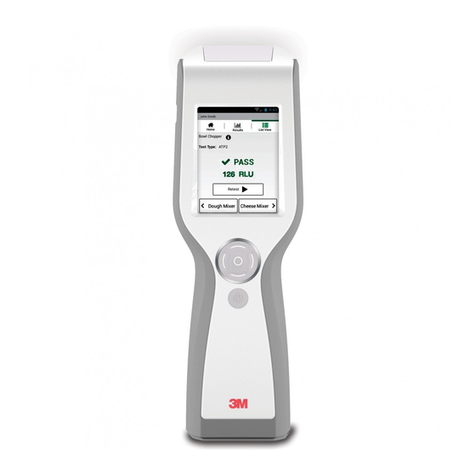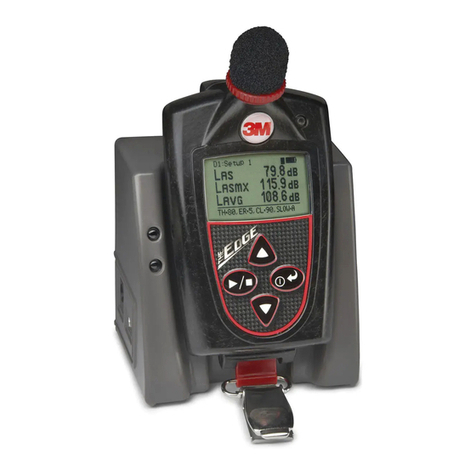
2
Table of Contents
Contents of the kit ..........................................................................................3
Product description ........................................................................................4
3M™ ScanEM-QC Electromagnetic Near-Field Probe Kit
controls and connector ..................................................................................6
Using ScanEM-QC Probe ................................................................................7
Basics of operation ....................................................................................................7
Stand-alone operation ...............................................................................................8
Quick set-up ..............................................................................................................8
Setting the level dial...................................................................................................9
Sound on/off ............................................................................................................10
EM level LED bar ......................................................................................................10
Operation as a probe ....................................................................................11
Basics ......................................................................................................................11
Amplified near-field probes for a spectrum analyzer ................................................12
Non-contact oscilloscope probes .............................................................................12
Broadband field strength probe for a multimeter .....................................................14
Examples of applications of ScanEM-QC probes ......................................................15
Analyzing the results ....................................................................................21
Troubleshooting ............................................................................................23
Common places to look for excessive emissions .....................................................23
During the design phase ..........................................................................................24
Checking the prototype ............................................................................................24
Before the EMC test .................................................................................................24
Should things go wrong ...........................................................................................24
Seeking help ............................................................................................................24
EMC101 ........................................................................................................25
Why EMC? ...............................................................................................................25
Near-field primer .....................................................................................................25
The validity of the near-field measurements ............................................................26
ESD Primer ...................................................................................................27
Taking care of your ScanEM-QC probes ......................................................28
Changing batteries ...................................................................................................28
What if: ....................................................................................................................29
Specifications ...............................................................................................31


